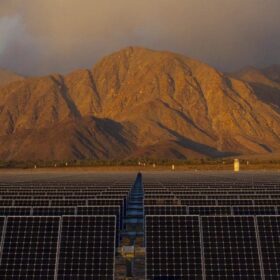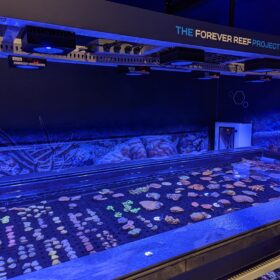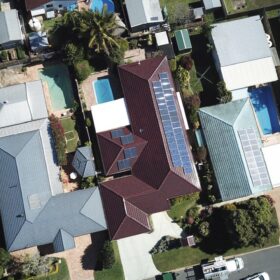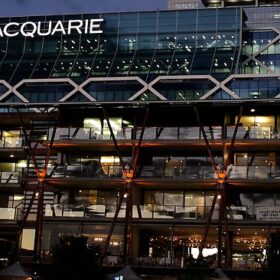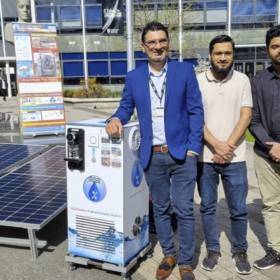Solar-plus-storage microgrids minimise power shutoffs during wildfires
Lawrence Berkeley National Laboratory researchers have shown that microgrids equipped with solar-plus-storage systems can maintain an average levelised cost of energy (LCOE) below USD 0.30/kWh and limit annual public safety power shutoffs to 2% to 3% of annual energy demand.
Solar and storage solution helps preserve one of world’s seven natural wonders
Some of the renewable energy industry’s biggest players have donated equipment, expertise and time to provide a solar and storage solution to help preserve and protect the Great Barrier Reef, one of the world’s seven natural wonders.
Weekend read: Solar recycling’s glass ceiling and other problems
The insolvency of a major Australian solar recycler has highlighted the complexity of remodelling a linear-thinking industry and society into a circular one, reports pv magazine Australia’s Bella Peacock.
Private investors pump $1.9 billion into WA’s decarbonisation plan
The West Australian government has utilised investor hunger for green bonds to help secure funding for major state government projects geared towards decarbonisation or environmentally sustainable outcomes as it transitions from coal-fired power to renewables.
60 new renewable energy EISs slated for NSW in next 12 to 18 months
As many as 60 renewable energy projects are expected to lodge environmental impact statements in New South Wales over the next 12 to 18 months. As the transition accelerates, the state’s new Energy Minister has told renewable proponents they must substantiate what’s in it for hosting communities.
Australia commissions first big battery at a former coal site
The Hazelwood big battery has been commissioned at the site of the retired Hazelwood Power Station in the Latrobe Valley, Victoria. A collaboration between Engie, Eku Energy and Fluence, the 150 MW battery claims a number of Australian firsts.
CEFC backs developer’s vision for 100% renewables apartments
The Clean Energy Finance Corporation has awarded the Australian arm of Malaysia-headquartered property developer Mulpha an $80 million (USD 53.95 million) loan to help deliver the first stage of an energy-efficient apartment development in Sydney’s Hills district which is to be powered by 100% renewable energy.
Weekend read: Australia’s electric dreams
Australia is set to electrify everything. Vibrant communities willing to trial the transition are the first in line to learn what to do and how to bring everyone along, reports pv magazine Australia’s Natalie Filatoff.
New report calls Macquarie Group’s climate commitment into question
Macquarie Group’s commitment to the global transition to net zero emissions by 2050 has come under scrutiny with a new report uncovering billions of dollars in undisclosed exposure to oil and gas projects.
Portable system uses PV to produce drinkable water from air moisture
UK scientists have developed Solar2Water, a system that generates twice the amount of water as conventional atmospheric water generators. The system operates efficiently with the same energy input, regardless of air humidity, relying solely on photovoltaics.
